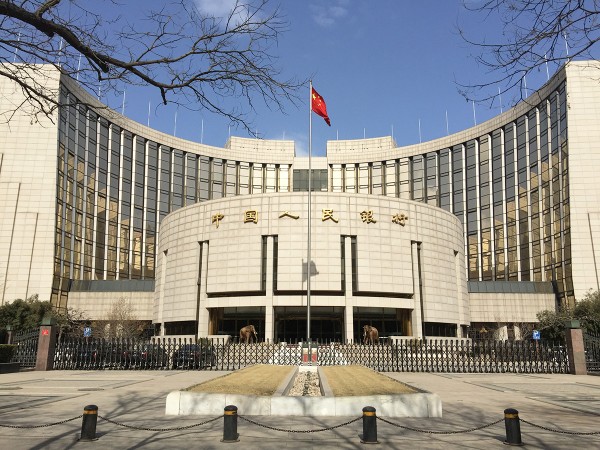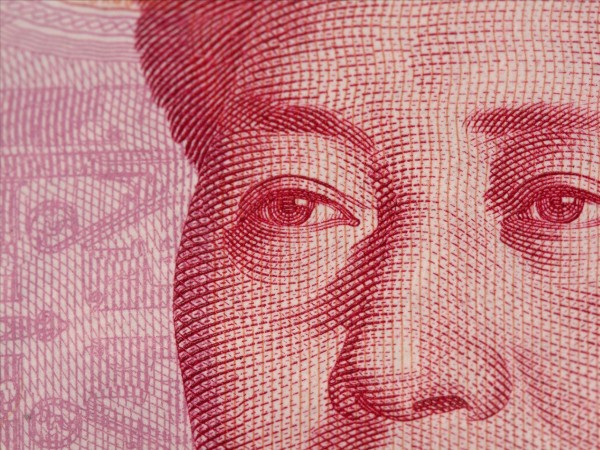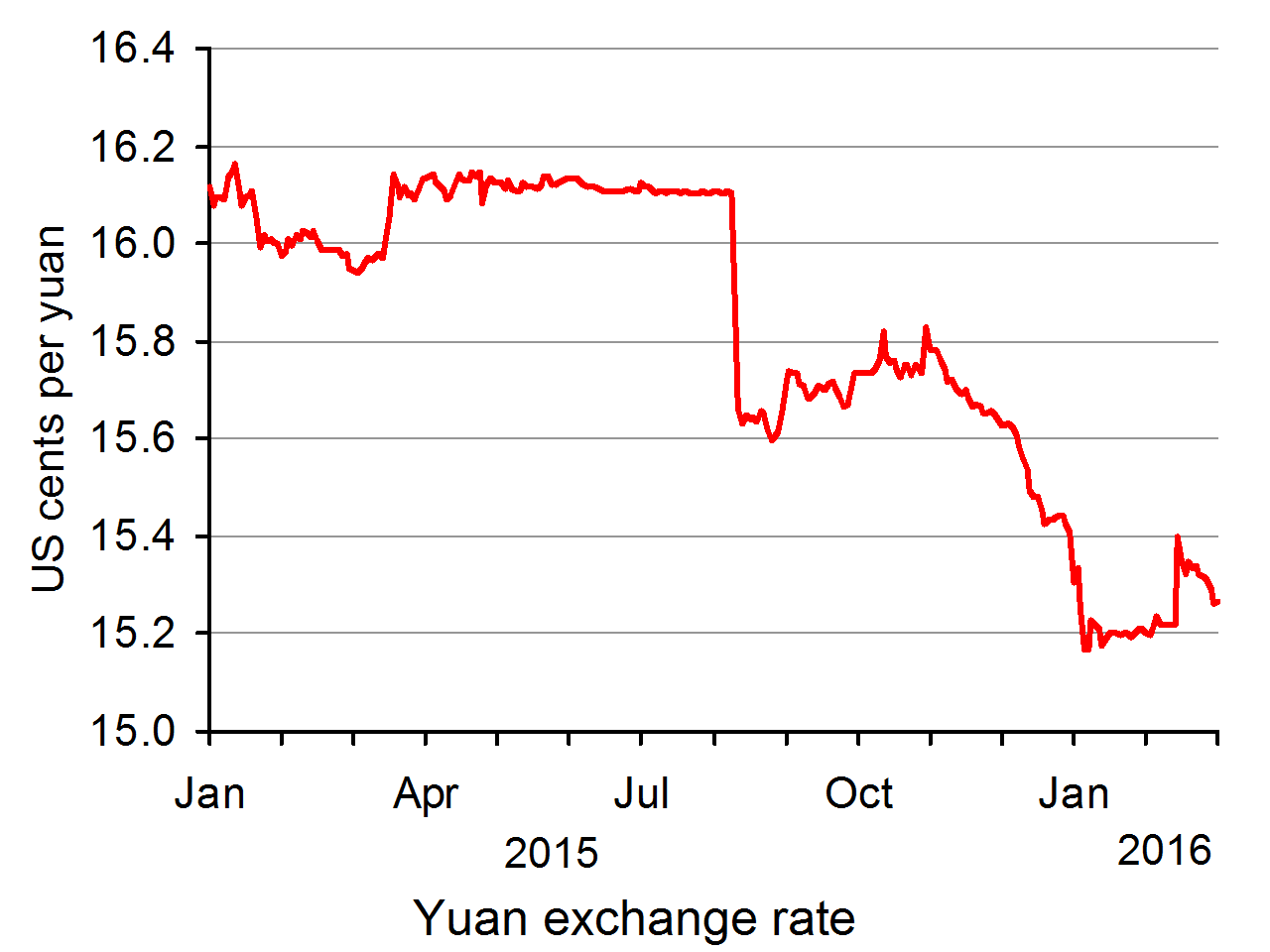 In recent months the Chinese central bank (the People’s Bank of China) has taken a number of measures to boost aggregate demand and arrest the slowing economic growth rate. Such measures have included quantitative easing, cuts in interest rates, a devaluation of the yuan and daily injections of liquidity through open-market operations. It has now announced that from 1 March it will reduce the reserve requirement ratio (RRR) for banks by a half percentage point.
In recent months the Chinese central bank (the People’s Bank of China) has taken a number of measures to boost aggregate demand and arrest the slowing economic growth rate. Such measures have included quantitative easing, cuts in interest rates, a devaluation of the yuan and daily injections of liquidity through open-market operations. It has now announced that from 1 March it will reduce the reserve requirement ratio (RRR) for banks by a half percentage point.
The RRR is the percentage of liabilities that banks are required to hold in the form of cash reserves – money that could otherwise have been used for lending. This latest move will bring the compulsory ratio for the larger banks down from 17.5% to 17%. This may sound like only a small reduction, but it will release some ¥650bn to ¥690bn (around $100bn) of reserves that can be used for lending.
The cut from 17.5% to 17% is the fourth this year. Throughout 2014 and 2015 it was stable at 20%.
The hope is that this lending will not only help to boost economic growth but also stimulate demand for the consumption of services. The measure can thus be seen as part of a broader strategy as the authorities seek to re-balance the economy away from its reliance on basic manufacturing towards a more diversified economy. It is also hoped that the extra demand will help to boost jobs and thus provide more opportunities for people laid off from traditional manufacturing industries.
It is expected that further reductions in the RRR will be announced later in the year – perhaps a further 1.5 to 2 percentage points.
 But what will be the effect of the releasing of reserves? Will the boost be confined to $100bn or will there be a money multiplier effect? It is certainly hoped by the authorities that this will stimulate the process of credit creation. But how much credit is created depends not just on banks’ willingness to lend, but also on the demand for credit. And that depends very much on expectations about future rates of economic growth.
But what will be the effect of the releasing of reserves? Will the boost be confined to $100bn or will there be a money multiplier effect? It is certainly hoped by the authorities that this will stimulate the process of credit creation. But how much credit is created depends not just on banks’ willingness to lend, but also on the demand for credit. And that depends very much on expectations about future rates of economic growth.
One issue that concerns both the Chinese and overseas competitors is the effect of the measure on the exchange rate. By increasing the money supply, the measure will put downward pressure on the exchange rate as it will boost the demand for imports.
 The Chinese authorities have been intervening in the foreign exchange market to arrest a fall in the yuan (¥) because of worries about capital outflows from China. The yuan was devalued by 2.9% in August 2015 from approximately ¥1 = ¢16.11 to approximately ¥1 = ¢15.64 (see chart) and after a modest rally in November 2015 it began falling again, with the Chinese authorities being unwilling to support it at the November rate. By January 2016, it had fallen a further 2.8% to approximately ¢15.20 (click here for a PowerPoint file of the chart).
The Chinese authorities have been intervening in the foreign exchange market to arrest a fall in the yuan (¥) because of worries about capital outflows from China. The yuan was devalued by 2.9% in August 2015 from approximately ¥1 = ¢16.11 to approximately ¥1 = ¢15.64 (see chart) and after a modest rally in November 2015 it began falling again, with the Chinese authorities being unwilling to support it at the November rate. By January 2016, it had fallen a further 2.8% to approximately ¢15.20 (click here for a PowerPoint file of the chart).
But despite the possible downward pressure on the yuan from the cut in the reserve requirement, it will probably put less downward pressure than a cut in interest rates. This is because an interest rate cut has a bigger effect on capital outflows as it directly reduces the return on deposits in China. The central bank had already cut its benchmark 1-year lending rate from 6% to 4.35% between November 2014 and October 2015 and seems reluctant at the current time to cut it further.
China central bank resumes easing cycle to cushion reform pain Reuters, Pete Sweeney (29/2/16)
China cuts reserve requirements for banks to boost economy PressTV (29/2/16)
China Moves to Bolster Lending by Easing Banks’ Reserve Ratio New York Times, Neil Gough (29/2/16)
Economists React: China’s ‘Surprise’ Bank Reserve Cut Wall Street Journal (29/2/16)
 China Cuts Banks’ Reserve Requirement Ratio Bloomberg, Enda Curran (29/2/16)
China Cuts Banks’ Reserve Requirement Ratio Bloomberg, Enda Curran (29/2/16)
 China Reserve-Ratio Cut Signals Growth Is Priority Over Yuan Bloomberg, Andrew Lynch (29/2/16)
China Reserve-Ratio Cut Signals Growth Is Priority Over Yuan Bloomberg, Andrew Lynch (29/2/16)
China reserve ratio cut not a signal of impending large-scale stimulus: Xinhua Reuters, Samuel Shen and John Ruwitch (2/3/16)
China injects cash to boost growth and counter capital outflows Financial Times, Gabriel Wildau (29/2/16)
China’s Economic Policy Akin To Pushing On A String Seeking Alpha, Bruce Wilds (2/3/16)
China cuts banks’ reserve ratio for fifth time in a year: Why and what’s next Channel NewsAsia, Tang See Kit, (1/3/16)
Questions
- Explain what is mean by the required reserve ratio (RRR).
- Explain how credit creation takes place.
- What will determine the amount of credit creation that will take place as a result of the $100bn of reserves in Chinese banks released for lending by the cut in the RRR from 17.5% to 17%.
- What prompted the recent cuts in the RRR?
- Why may China’s recent monetary policy measures be like pushing on a string?
- Is the reduction in the RRR a purely demand-side measure, or will it have supply-side consequences?
- Explain how different types of monetary policy affect the exchange rate.
- Should other countries welcome the cut in China’s RRR? Explain.